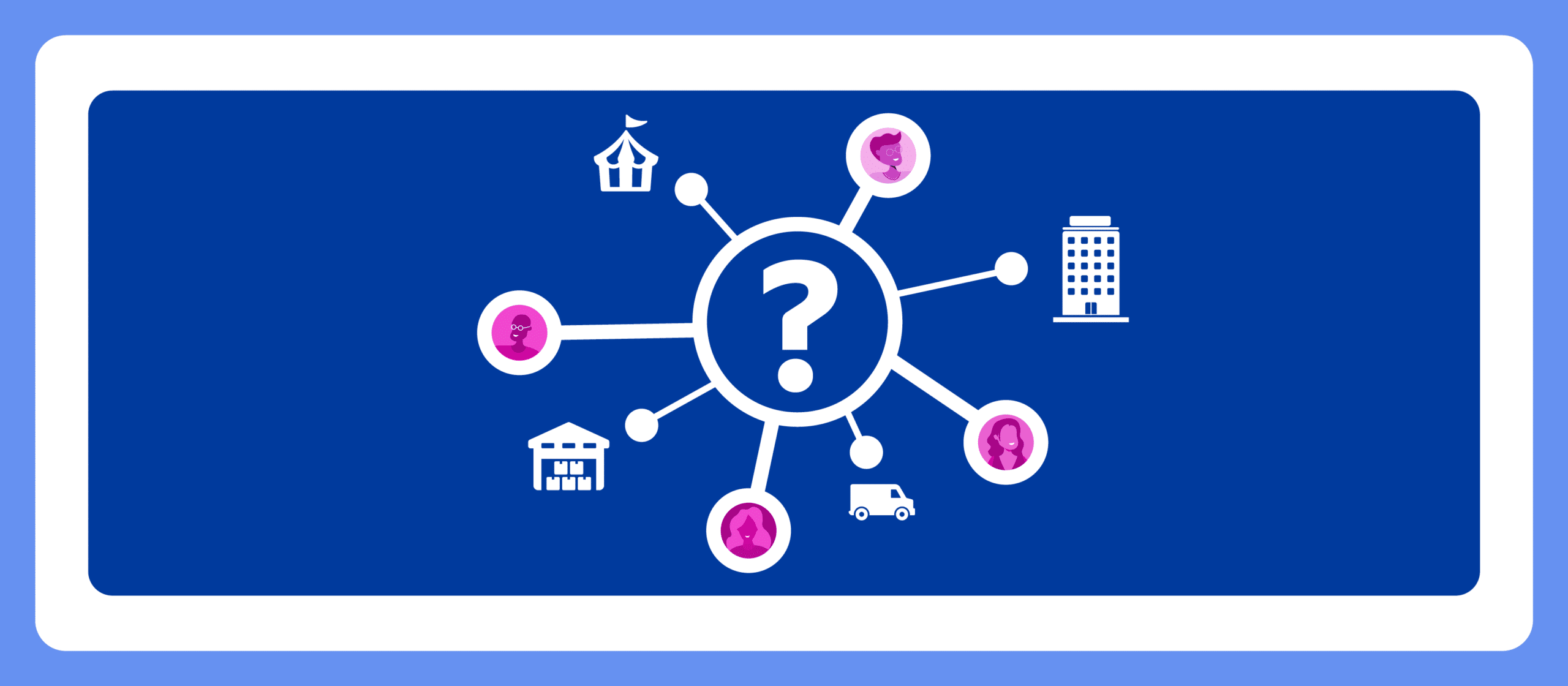
What is Vendor Management?
Vendor management is a process that encourages healthy communication between businesses and suppliers in a bid to help control costs on both sides. The process can give management teams access to reputable new vendors, as well as mitigating risks related to existing ones. Our vendor management system is designed to take care of this process, keep tabs on pricing information and quality of work and assist with performance evaluation. Our VMS software also handles the entire vendor payment process, which is an added bonus for particularly busy management teams.
Automating the vendor management process
Vendor management involves a lot of moving parts, which is why automated vendor management systems can be a real time saver. Streamlining the process on both sides can help facilitate positive interactions for everyone involved. Automation, for example, gives businesses the benefit of improving the efficiency of their operations. Existing resources can then be redirected towards more pressing tasks. On the vendor side, suppliers are protected by a formalised system for contract negotiations, creating fixed expectations related to service delivery. This makes it easier for vendors to meet their clients’ needs and, over time, ultimately retain their business.
Why is Vendor Management Important?
Vendor management has a string of benefits that are designed to make vendor relations as easy as possible for businesses of all sizes. It can also make a practical difference when it comes to:
- Selecting and finding the right vendors – As your business grows, so will its vendor list, but it can be hard to know where to start looking for new partners when this happens. Vendor management systems can quickly source reputable suppliers. They can also be useful when businesses are in the process of negotiating the terms of contract renewal with a vendor, but want a better sense of the average market price.
- Cost management. The improved visibility offered by a vendor management system helps businesses to keep a firm grip on what were once ‘invisible’ (or hidden) costs. The end result? A healthier bottom line.
- Relationship building. This happens as a result of efficient vendor management and could lead to negotiating better rates, more frequent discounts and extended payment terms should a catastrophe hit. On a human level, good vendors can be difficult to come by. Loyalty should be valued and is especially helpful when it comes to keeping the supply chain moving at all times.
- Administrative efficiency. When you don’t have to worry about how vendors are being managed and there is a system to take care of the entire process, other unexpected challenges can be resolved more efficiently.
- Risk mitigation. This counts for operational, regulatory and compliance-related risks and a vendor management system ticks the boxes across all three. Being able to access the right data helps with predicting any future challenges more easily, as well as tracking performance. It also lets companies look at their operations more holistically, in a bid to stay on track with their long-term strategic goals.
What is the Vendor Management Process?
The vendor management process can be broken down into the following steps:
- Vendor sourcing and selection. This involves sending out requests for proposals and gathering quotes. It also requires shortlisting potential options based on the needs of the business. Vendor capacity, reputation and track record, as well as whether they can communicate clearly, all play a part in helping to pick the best suppliers. Our VMS system has been specifically designed to help businesses find a supplier that passes all of these tests.
- Contract negotiation. A bad contract can set any business relationship up for failure, so effective vendor management requires a solid contract right from the very beginning, even if it takes time to get it right. Our vendor management system pays special attention to the finer details, such as confidentiality clauses, to protect businesses as extensively as possible.
- Onboarding the vendors. Through our VMS software, we can help simplify this often long and tedious process. Onboarding involves gathering the right documentation, including payment, contract and other important administrative details. Tax and insurance considerations are also made during this stage. Often, vendors also have to share copies of relevant licenses before a contract can formally kick off.
- Tracking performance. Our VMS system can give businesses access to data that can then be used against measurable and realistic goals. Example KPIs include volume and quality of delivered goods and whether shipments happened on time. Performance related to this can be particularly useful when it comes time to decide whether or not to renew a contract.
- Payment. Ensuring that suppliers are paid on time for their goods or services leads to a fruitful and mutually beneficial relationship.
Although it may seem overwhelming at first, the way in which vendor management systems work gets easier to manage over time. This is especially true when the company is equipped with the right tools to make the process as efficient as possible. Thanks to the efforts of the Indeed Flex team, more businesses than ever are starting to introduce the best VMS practices to their respective workplaces. If your company is ready to implement a vendor management system or if you have further questions, contact our team to request a demo today. Once successfully implemented, all that’s left to do is turn your attention to the bigger picture and the ways you can keep your operations sustainable into the future.








